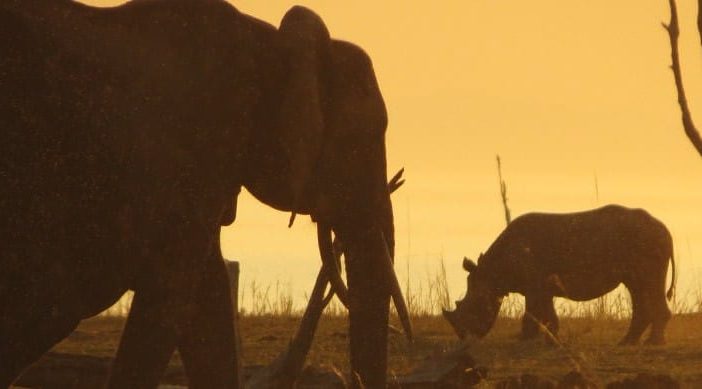
Feeling a bit like a Bollywood starlet, with my hair streaming in the wind and whipping across my face, I crossed the choppy waters of Lake Kariba in a motor boat to arrive at Rhino Safari Camp and was picked up by Karl, whose family built this camp in a private leased concession inside Matusadona National Park many years ago. At camp, I was warmly greeted by Karl’s wife, Jenny, who runs the camp hosting the guests on a day to day basis and other members of the family (including the well-respected Zim guide Peter Tetlow). Another member of the welcome committee was Spot, the camp elephant, who considers himself very much a member of the family and feels quite entitled to steal the occasional basket of bread rolls from the kitchen! If you are very lucky, you may even be greeted by Mvura, the black rhino, who was released into the park from Imire Game Ranch, which has a black rhino breeding program.
Rhino Safari Camp offers comfortable, spacious accommodation with outstanding views over the lake, a superbly comfortable nights sleep, loads of hot shower water, freshly prepared homestyle meals, game viewing activities that get you up close and personal, followed by a cool drink by the fire at the end of the day and an unforgettable meal beneath the canopy of the night sky. Rhino Safari Camp does not have electricity and lives with what nature provides – with a few added extras. Batteries are recharged with solar panels, and the camp refrigerates and cooks with gas, heats water in wood-fired boilers, and lights the camp at night with paraffin lamps, candles, and the flickering light of the camp fire. If you go there in crayfish season, place your request with Jenny for Rhino Safari Camp’s Delicious Crayfish Cocktail. The chef also makes a mean sadza (the traditional Zimbabwean dish of mealie-meal and an accompanying curry).
As a hidden gem we hope to add sparkle to everyone’s unique safari experience! As a small owner managed safari camp we aim to offer our guests unique and memorable safari experiences. It is a privilege to be listed by Chalo Africa as a Hidden Gem and we look forward to welcoming their visitors to a special facet of their safari of a life time! – Jenny Nobes
In addition to the rhino tracking on foot, we enjoyed spectacular sunsets, guided bush walks and boat rides up the mouths of the many little streams and small rivers that empty into Lake Kariba. Magnificent for bird watching. In terms of value for money, this camp is hard to beat!
Lake Kariba is a massive man-made lake formed by damming of the mighty Zambezi River in the late 1950’s. It is also situated within the Matusadona National Park, a remote wilderness area which has been designated as an Intensive Protection Zone for a small but successful population of the endangered black rhino.
The remoteness of this protected area combined with the plentiful water supply provided by the lake combine to make the Matusadona home to a wide variety of wild animals. The big five: black rhino, elephant, lion, leopard and buffalo are all found here. Hippo and crocodile and a wide variety of water birds make use of the lake. Kudu, Warthog, Zebra, Bush buck, Impala, and numerous antelope species as well as over 350 documented bird species are also here. The call of the African Fish Eagle will never be forgotten, nor that of the Ground Hornbill. Vultures, bateleurs, storks, geese, ducks, plovers and other water birds abound. The Matusadona National Park covers an area of 1 407 square kilometres. Its boundaries are natural : the Ume River to the west, the Sanyati River to the east, Lake Kariba to the north, and the Matusdona Mountain range to the South. Loosely translated, “Matuzwi-ah- dona” means falling dung – evidence of its abundant wild animal population.
The damming of the Zambezi River to form Lake Kariba was completed in the late 1950’s. The project was carried out to provide hydro-electric power to the countries of the Federation of Rhodesia and Nyasaland, now Zambia, Malawi and Zimbabwe. On completion of the dam the waters rose far faster than initially anticipated and the legendary “Operation Noah” saw a small but dedicated team of wildlife specialists rescue over 5 000 different animals trapped by the advancing lake waters. In 1963 the Matusadona area became a game reserve, and in 1975 it was gazetted as a National Park which it has remained until today. This is the highest conservation status that can be given to an area under Zimbabwean legislation.
The lake levels vary dramatically and during the dry season a dense growth of torpedo grass (panicum repens) is exposed. This forms an important source of food for the buffalo herds, whose size is directly related to the amount of grazing available. The success of the buffalo herds also directly influences the lion populations as with less food the mortality rate of the cubs increases.
One of the striking features of the shoreline in the Matusadona is the forest of drowned trees. These make navigating the lake tricky, but form important habitats for aquatic birds and breeding grounds for the fresh water fish.
As an experiment the lake waters were stocked with Lake Tanganyika sardines (Limnothrissa miodon) which quickly thrived and adapted to their new habitat. These are known locally as “kapenta” and on moonless nights the twinkling lights of the fishing boats can be seen from camp.
Text courtesy: Rhino Safari Camp, Zimbabwe

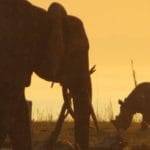
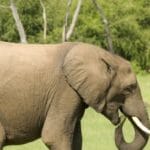
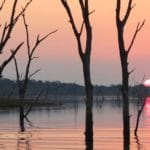
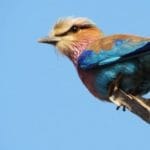
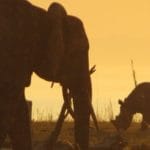
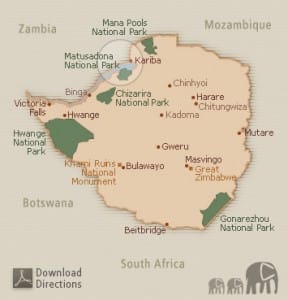
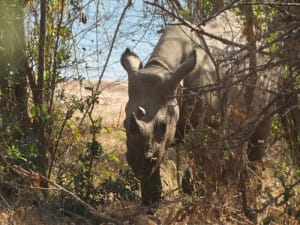
Leave a Reply